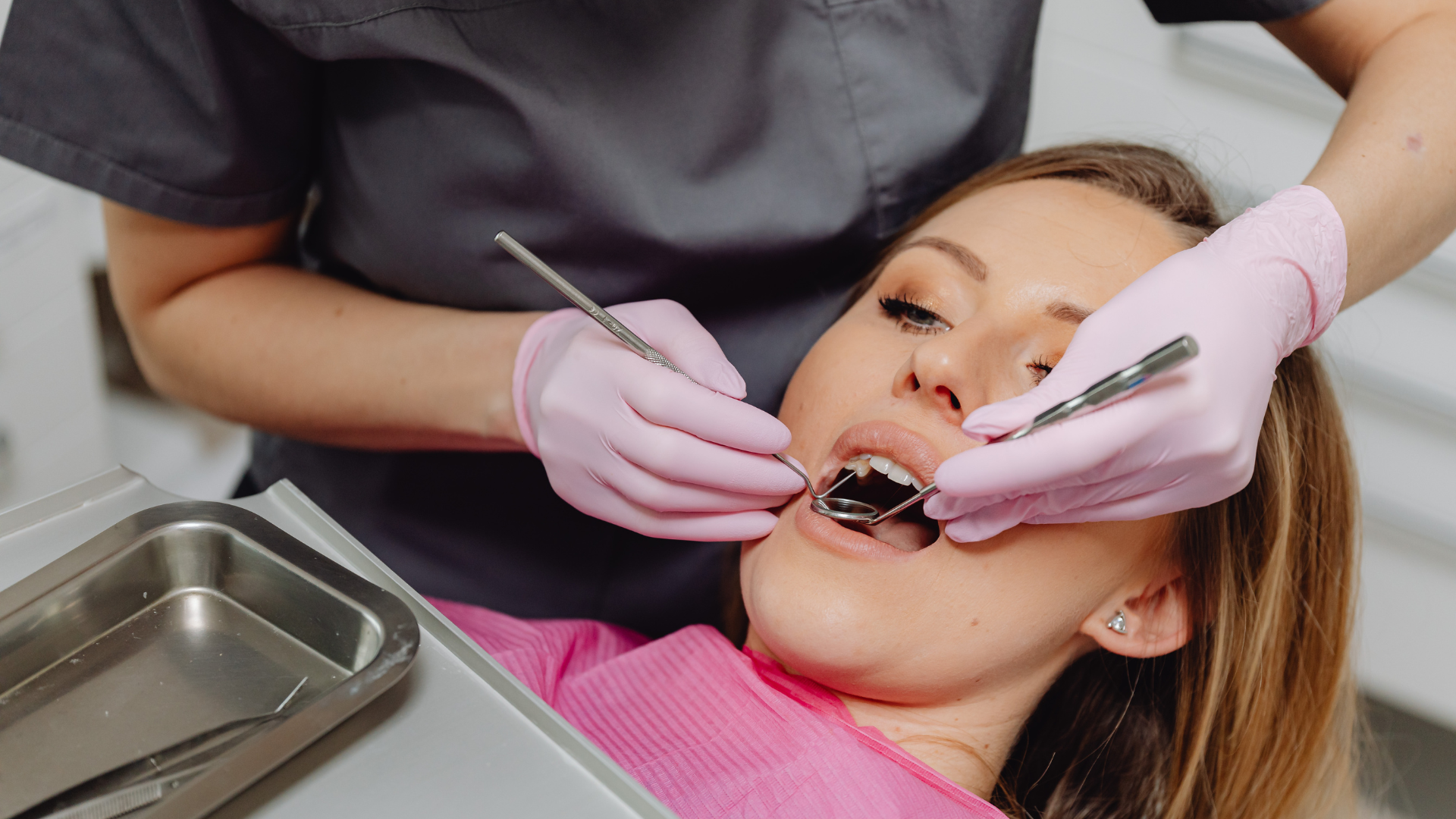A Journey Through Tried-and-True Solutions
Traditional Dental Prosthetics:
A Journey Through Tried-and-True Solutions
The world of dentistry has seen rapid advancements, but traditional dental prosthetics remain the cornerstone for many seeking to restore their smiles. These prosthetics have stood the test of time, offering reliable solutions for diverse dental needs. Let's explore popular choices, their advantages and disadvantages, and delve into the reasons many still opt for these classic solutions.
Popular Choices in Traditional Dental Prosthetics Dentures:
Complete Dentures: Ideal for those missing all teeth in an arch.
Partial Dentures: Designed for individuals with several missing teeth, ensuring the remaining teeth do not shift out of place.
Dental Bridges:
- Traditional Bridges: A false tooth held in place by dental crowns cemented onto each of the adjacent teeth.
- Cantilever Bridges: Used when there are adjacent teeth on only one side of the missing tooth or teeth.
- Maryland Bridges: Uses a metal or porcelain framework to hold the false tooth, which is bonded onto the backs of the adjacent teeth.
Pros and Cons of Traditional Dental Prosthetics Pros:
- Cost-Effective: Often more affordable than advanced solutions like implants.
- Tried-and-Tested: Have been used for decades with consistent results.
- Non-Surgical: Most traditional prosthetics don't require surgical procedures.
- Quick Solution: Can be quicker to fabricate and fit than alternatives.
Cons:
- Durability: May not last as long as options like implants without needing adjustments or replacements.
- Potential for Bone Loss: Unlike implants, traditional prosthetics don't stimulate the jawbone, potentially leading to bone deterioration.
- Maintenance: May require more frequent check-ups and adjustments.
Who Might Choose Traditional Prosthetics and Why?
- Budget-Conscious Individuals: The upfront cost of traditional prosthetics is typically lower than more modern alternatives.
- Those Seeking Non-Surgical Solutions: Many people opt for traditional prosthetics to avoid surgical interventions.
- Elderly Patients: Older individuals might prefer a non-invasive, time-tested solution, especially if they have worn such prosthetics previously.
Standard Care Requirements
To maximize the lifespan and efficacy of traditional prosthetics:
- Regular Cleaning: Dentures should be removed and cleaned daily. Bridges need careful flossing and brushing.
- Professional Check-ups: Regular dental visits will ensure prosthetics are in good condition and fit correctly.
- Avoid Hard Foods: This minimizes the risk of breaking or dislodging the prosthetics.
- Handle with Care: Especially true for dentures, which can break if dropped.
Conclusion
While the allure of modern dental solutions is undeniable, traditional dental prosthetics offer a reliable pathway to dental restoration. Their durability, combined with decades of success stories, makes them a viable option for many. Whether it's the allure of familiarity, the need for a non-invasive approach, or budget constraints, traditional prosthetics continue to serve countless smiles worldwide. As always, personal circumstances and discussions with dental professionals will guide the best choice for individual dental needs.




